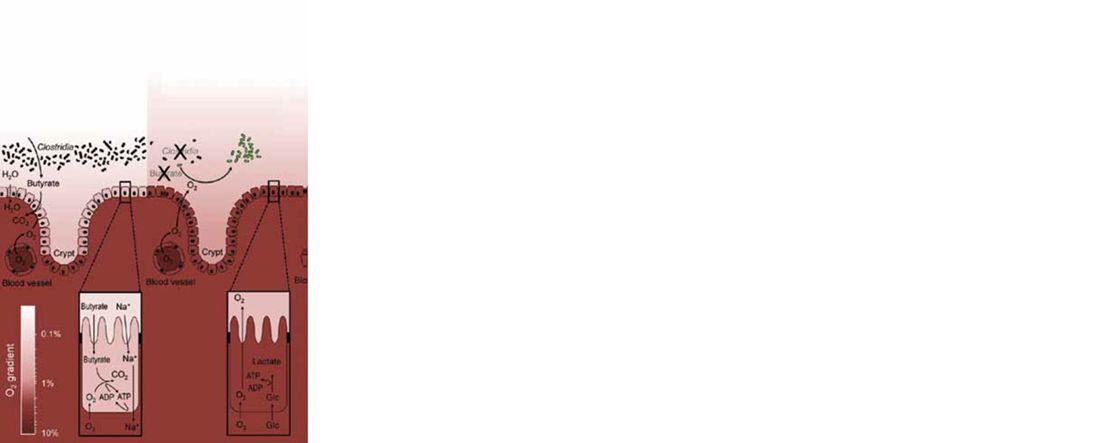Salmonella is a well-known challenge in animal production and beyond. The bacterium is known as the causative agent of salmonellosis in humans. Despite a lot of effort at different points along the farm-to-fork chain, salmonellosis remains firmly in the top three most common zoonotic diseases worldwide.
Biosecurity management
To control and reduce the risk of Salmonella, implementing a good biosecurity management plan on-farm is essential. This overall plan should include general biosecurity measures as well as supporting the animals from within.
A good biosecurity management plan is not only relevant during periods of production downtime: measures must be continuously in place and respected at all times. In general, there are three distinct parts of a proper biosecurity plan.
1. General biosecurity at all times
- External - including pest control, restricting wild animal access as well as any incoming traffic to the premises
- Internal - including sanitary locks, foot dips, general sanitation measures and on-site biosecurity monitoring
2. Biosecurity between production rounds
The complete premises and any moveable equipment should be cleaned, sanitised and disinfected between production rounds. This will help to reduce the risk of biosecurity challenges during the following production period.
In general, seven stages in the cleaning and disinfection programme can be distinguished as:
- Cleaning and disinfecting the drinking system
- Removal of organic matter and equipment
- Cleaning and sanitising of the housing and equipment
- Initial disinfection
- Sanitary break
- Reintroduction of equipment and new litter
- Final disinfection
3. Water quality management
- Monitor water quality parameters such as pH, hardness and bacterial load
- Apply regular flushing and install mineral filters
- Follow the proper application guidelines when introducing veterinary medications or feed additives via the drinking water system
- Apply water sanitation measures
Biosecurity within the animal
Apart from external biosecurity, there are also tools available to mitigate Salmonella within the animal. As described by Rivera-Chávez et al. (2016), faecal-oral Salmonella expansion and transmission is fuelled by available oxygen in the hindgut (Figure 1).

This process is heavily influenced by butyrate, a well-known short-chain fatty acid (SCFA).
Normal situation: butyrate present
Commensal Clostridia produce butyrate which is utilised together with oxygen for energy production by the colonocytes. This prevents excess oxygen from being released into the lumen.
High-risk situation: no butyrate present
In the absence of butyrate, colonocytes use glucose for their energy production. Oxygen is not utilised in this process. Instead, oxygen is released into the lumen.
The level of butyrate in the hindgut will thus heavily influence the expansion and transmission of Salmonella. Consequently, ensuring sufficient butyrate in the hindgut is key to restricting Salmonella on-farm. However, traditional forms of butyrate do not usually reach these later stages of the gastrointestinal tract.
This is where Miya-Gold / Top Gut can help, containing a unique strain of probiotic Clostridium butyricum. The probiotic not only delivers significant amounts of butyrate, but it also does so to the location it is most relevant: in the hindgut. The probiotic strain in Miya-Gold / Top Gut is so effective thanks to:
- Its characteristics - Clostridium butyricum is a strict anaerobic and spore-forming bacteria, ensuring stability in storage, feed processing, drinking water and within the animal. The spores reach the hindgut unscathed where they germinate and exert their beneficial effects where they are most needed.
- Its multifactorial mode of action
- Active oxygen scavenger. The Clostridium butyricum strain reduces oxygen concentrations in its immediate surroundings, reducing free oxygen concentrations further
- Production of SDFAs such as butyric acid. Apart from being a good energy source for the colonocytes and utilising oxygen in the process, butyrate is known to increase nutrient digestibility, modify the intestinal microbiota, improve epithelial integrity, and stimulate immunity.
As a result, the probiotic reduces free oxygen and delivers butyrate to the hindgut, thereby mitigating Salmonella expansion and transmission.
Conclusion
Salmonella remains a serious challenge to human health. Good biosecurity on-farm is essential to help reduce the risk. It is important to keep in mind that:
- Biosecurity must be in place continuously and respected at all times
- Feed additives are part of any good biosecurity management plan
- The right feed additive, such as Miya-Gold / Top Gut, supports high-performing animals during production while mitigating Salmonella
For more information on general biosecurity, hygiene products, water quality management or feed additives, contact your local Huvepharma representative. Use the links below to download our salmonella mitigation brochures.


